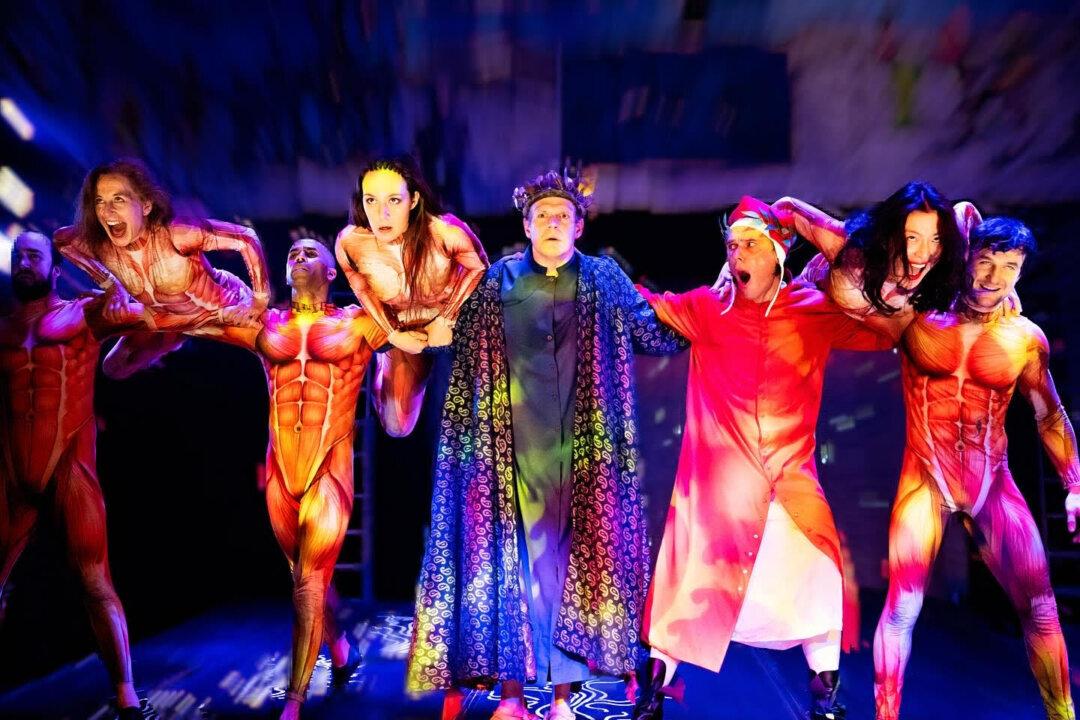NEW YORK—When I mentioned I was going to see “The Inferno,” the initial response was, “Why on earth would you want to go and see a play about Hell?”
For me, the Theater 86’s production was a chance to see a rare onstage performance of a traditional Western classic—with a modern touch. Critically acclaimed Russian director Aleksey Burago and producer pianist and actress Di Zhu adapted it for the stage using Robert Torrance’s recent translation.





